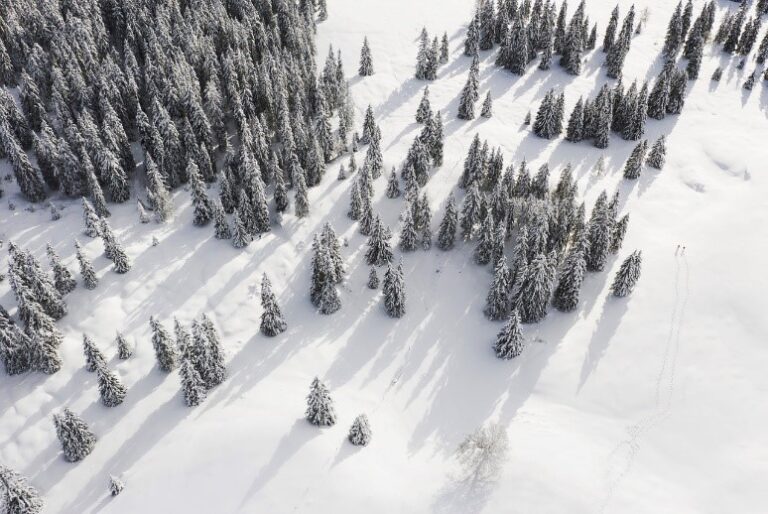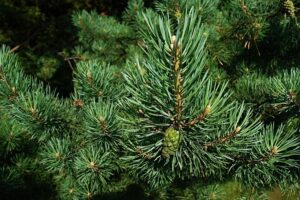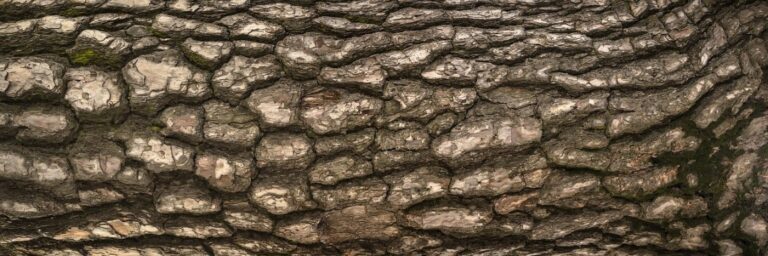How do they prepare for the harsh winter?
Typical (deciduous) trees have leaves with large surface area which allows for more photosynthesis to occur. For the process of photosynthesis, water is essential. If those leaves were to remain alive during the winter, the water inside them would freeze and kill them anyways. To retain this water, the tree recalls all water back into the wooden parts of the tree and lets leaves shed right before the winter. That obvious in “fall” season.
But pine trees, never drop their leaves. They remain ever green. How do pine trees in winter survive? Let’s research about their secret!
What Climate Do Pine Trees Grow In?
Pine trees are usually found in northern hemisphere which has cooler climates. Some of them evolved to survive in extremely hot climates as well.
They are in an extensive range of species about 126 species in the world. Pines are basically type of conifer trees. That means that they are evergreen.

Smart leaves
As we already know, deciduous trees drop their leaves, which allows them to conserve energy and water. Evergreens have thin needles with a waxy coating: adaptations that also reduce water loss!
The shape of pine trees increases the light used by the needle-shaped or scale-shaped leaves for photosynthesis. In snowy weather the triangle shape of conifers acts like the slope of a roof, allowing gravity to pull snow off the branches. This both prevents the snow from weighing down and breaking branches as well as clears the snow to allow sunlight to reach the leaves.

Bark with air pockets

The outer bark of trees contains many air pockets, rather than living cells filled with liquid that can freeze. The air pockets in bark help provide insulation and protection against freezing and cracking during the winter. Different species of trees feature different textures, densities, and colours of bark that help them tolerate cold temperatures in different ways.
Secret of sugary sap

Because water expands when it freezes and because ice crystals are sharp, living cells burst or are severely damaged if exposed to freezing temperatures. To avoid this problem, tree cells are filled with sap. In winter, this sugary sap acts as a biological “antifreeze” because sugary sap cannot freeze like water would. In fact, the sugars in tree sap are concentrated in winter to further protect the living cells from damage.
Competitive trees!
Pine trees sort of developed to prevent any competition. Wherever pines grow there is little vegetation on the ground. That happened because of two factors; Their needle like leaves fall on the ground to create a very dense layer, this prevents any other plants to grow. Second reason is because of their evergreen nature, they have good canopy, so this prevents sunlight from reaching the ground and further prevents any from growing.
Pine trees have way more tricks for their wellbeing way more than than we think, including many mechanisms that are too detailed for a short article. But now we’ll have something to look up or to research about structure and behaviour of pine trees!
